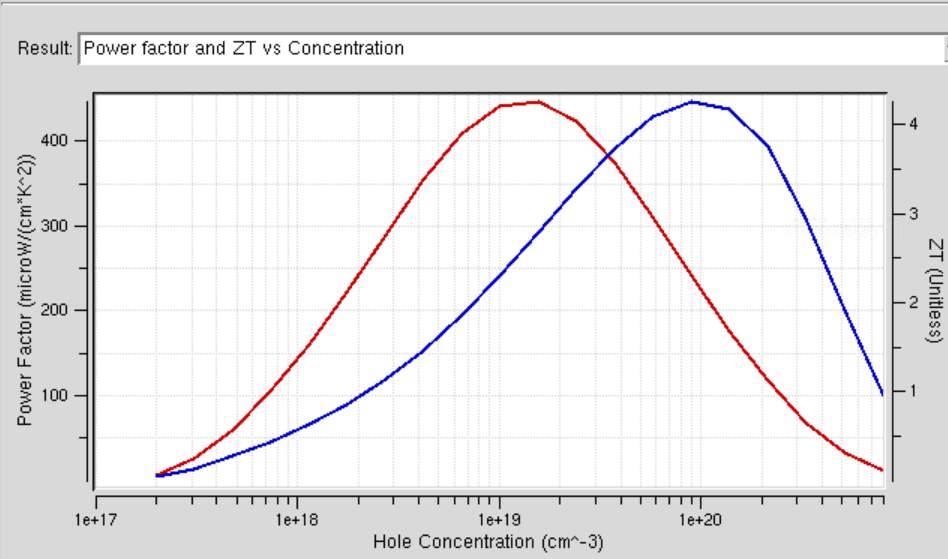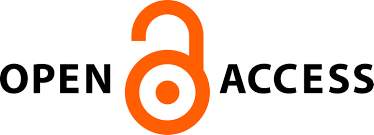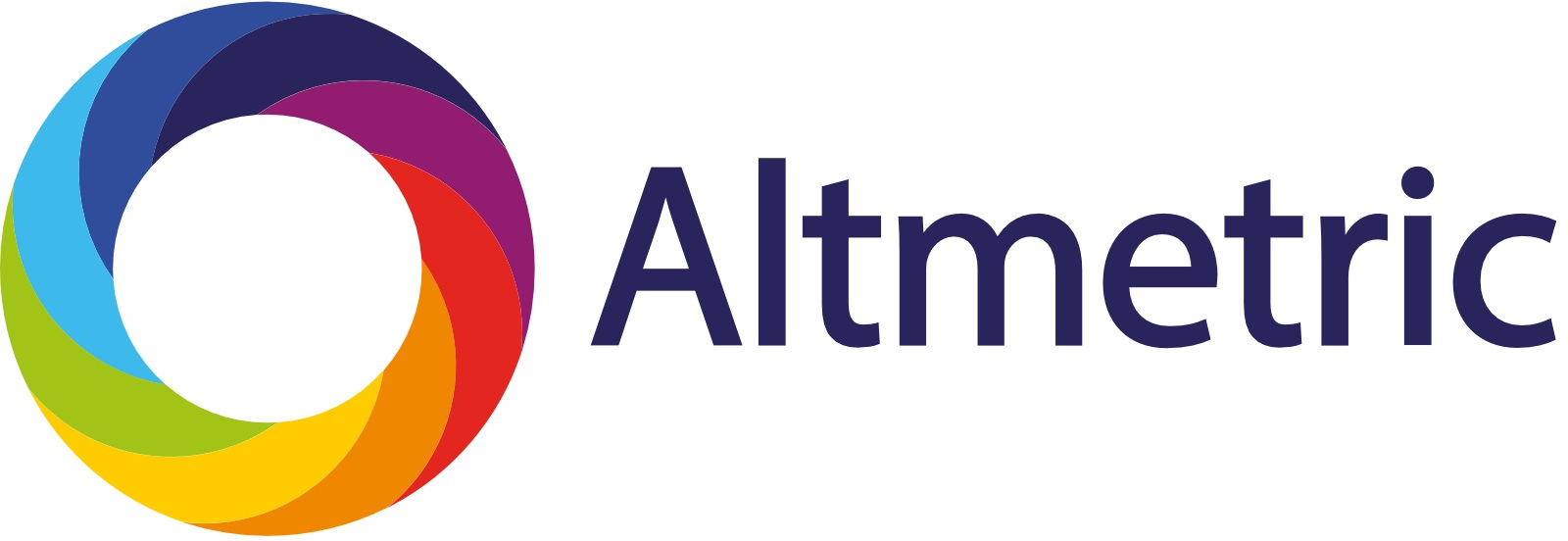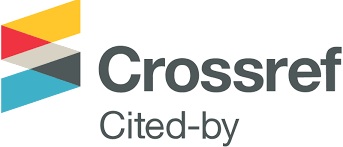The Thermoelectric Optimization of Bismuth Telluride at 300K
DOI:
https://doi.org/10.59973/emjsr.227Keywords:
Bismuth Telluride, Thermoelectric Materials, Figure of Merit, Carrier Concentration, Material OptimizationAbstract
This project explores the thermoelectric properties of Bismuth Telluride (Bi2Te3) at 300 K, with the aim of finding the highest possible figure of merit (ZT) by optimizing key material parameters. The goal is to assess how an optimized sample of Bi2Te3 could be used in real thermoelectric devices. Using a simulation that includes realistic values for band structure and scattering properties from experimental data, we predicted how ZT changes under different conditions. In this project we focused on improving thermoelectric efficiency by adjusting parameters like carrier concentration, while keeping the band structure close to that of the real material. Our results matched well with published values, suggesting the simulation is reliable. We then
tested how far ZT could be improved by increasing carrier concentration and found an optimal range that agreed with values reported in the literature. Finally, the simulation was extended to include possible effects from advanced manufacturing techniques and nanoscale engineering, to see if ZT could be increased further. Overall, this project highlights the key factors that affect the thermoelectric performance of (Bi2Te3) and shows how simulation-based optimization can help guide future improvements in material design.
References
Zhang, X., et al. ”Superlattice structure in Bi2Te3 for enhanced thermoelectric performance.” Journal of Materials Science (2019).
Rowe, D.M. ”Harman method for thermoelectric measurements.” CRC Handbook of Thermoelectrics (1995).
Ma, Y., et al. ”Enhanced thermoelectric performance in p-type Bi2Te3.” Advanced Materials (2008).
Hu, L., et al. ”Shifting the thermoelectric performance of p-type Bi2Te3.” Applied Physics Letters (2014).
Venkatasubramanian, R., et al. ”Thin-film thermoelectric devices with high room-temperature figures of merit.” Nature (2001).
Bahk, J.-H., et al. ”Thermoelectric transport calculator.” Nanohub.org (2014).
Lundstrom, M. ”Fundamentals of Carrier Transport.” Cambridge University Press (2000).
Goldsmid, H.J. ”Thermoelectric Refrigeration.” Springer (2017).
Witting, I.T., et al. ”The thermoelectric properties of bismuth telluride.” Advanced Electronic Materials (2019).
MTI Corporation. ”Bismuth Telluride Material Properties.” (n.d.).
Rogacheva, E.I., et al. ”Thermoelectric properties of Bi2Te3.” Journal of Applied Physics (2018).
Zhou, C., et al. ”High-performance thermoelectric materials.” Materials Today (2024).
Poudel, B., et al. ”High-thermoelectric performance of nanostructured bismuth antimony telluride bulk alloys.” Science (2008).
Parker, D., et al. ”Low-dimensional thermoelectric materials.” Physical Review B (2010).
Qiu, B., et al. ”First-principles simulations of phonon transport in Bi2Te3.” Physical Review B (2015).
Kim, W., et al. ”Thermal conductivity reduction and thermoelectric figure of merit increase by embedding nanoparticles in crystalline semiconductors.” Physical Review Letters (2006).
Wei, T.-R., et al. ”Enhanced thermoelectric performance in p-type Bi0.48Sb1.52Te3.” Nature Communications (2019).

Downloads
Published
How to Cite
Issue
Section
License
Copyright (c) 2025 Jed Hennessy

This work is licensed under a Creative Commons Attribution 4.0 International License.














